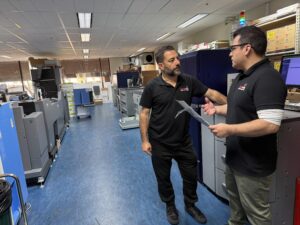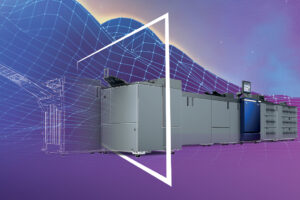Blogs

Office Printing and Cloud Print: Trends to Watch in 2026
Office printing has come a long way from the days of noisy dot matrix printers and stacks of paper cluttering the workspace. As we move towards 2026, Australian businesses are facing new challenges and opportunities in how they manage printing and document workflows. Cloud print solutions, sustainability, and integration with digital platforms are at the ...













